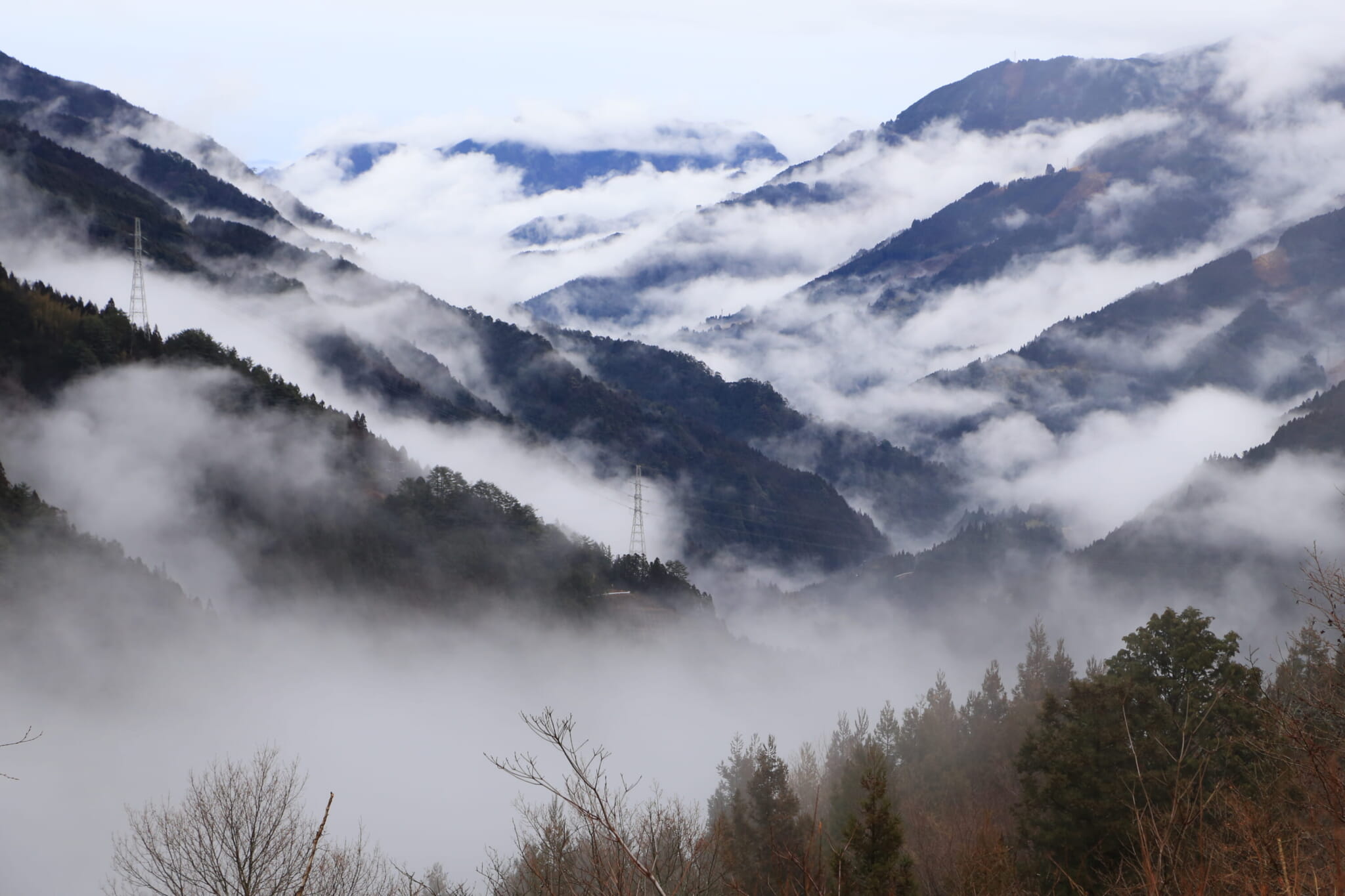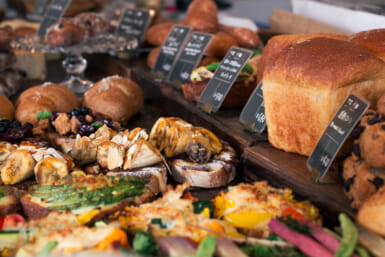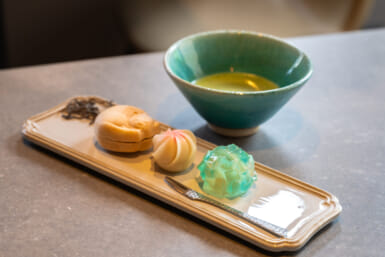A tiny, mystical village located in Kochi Prefecture in the center of Shikoku; Okawa is the kind of place that makes you feel like you’ve been transported back in time. Surrounded by mountains and forests, it is a quiet destination where you can enjoy a much slower pace of life. The fact that it is home to just over 350 people is a major reason for this. In fact, it has the second smallest population of any inland municipality in Japan, slightly ahead of Nosegawa village in Nara Prefecture.
The population peaked at just over 4,000 in 1960 but fell dramatically after the local copper mine closed. In 2017, Okawa made headlines nationwide when, due to a lack of candidates, it considered abolishing its assembly to instead, introduce a direct democracy with voters participating in municipal decisions. In the end, the system stayed as it was. This news, however, did raise the profile of Okawa and local officials wanted to make the most of that.
In the last few years, there has been a big push to encourage more visitors to the secluded village. With a population density of approximately four people per square kilometer, it’s the kind of place that appeals to tourists searching for an escape from the hustle and bustle of city life. After all, there’s certainly a lot of space to move around. There are also some delightful hiking trails, plus several scenic spots such as the Shiumi Valley and Sameura Dam. And then there’s the food.
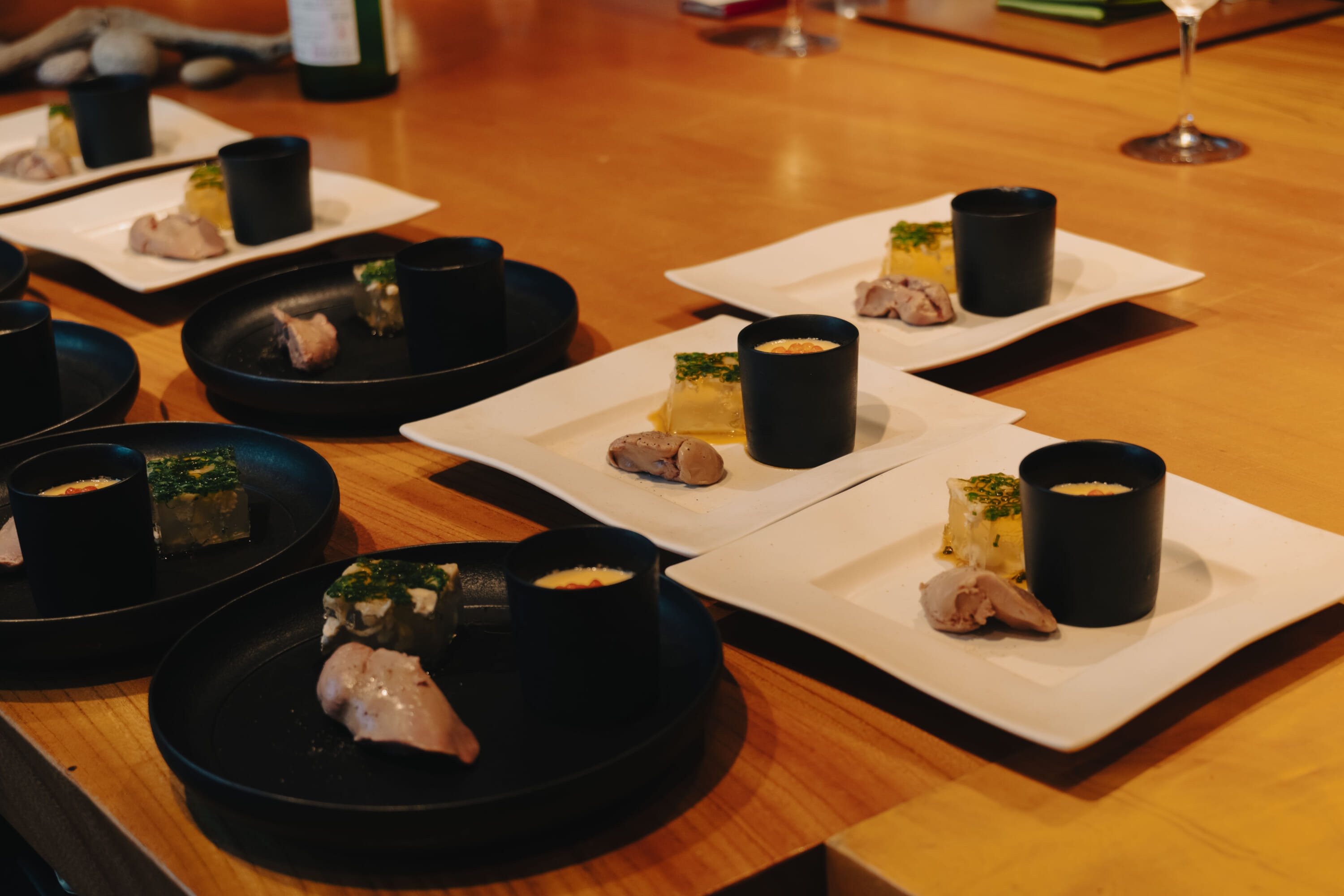
Image by Solène Ballesta
Tosa Hachikin Jidori
A big selling point for any city, town or village in Japan is food and Okawa is no exception. With 700 kilometers of coast facing the Pacific Ocean, Kochi Prefecture is probably most well-known for its seafood. It’s also famous for meat, though, and that is what takes center stage in Okawa. The tiny village is said to be home to some amazing black beef and umami-rich local chicken known as Tosa Hachikin jidori. So, is this reputation justified? We recently had the privilege of trying the latter at a luxurious chicken night in Tokyo’s Azabu-Juban district.
It took place at Kafuka, a stylish restaurant with an open kitchen and autographs from famous global chefs on the wall. Opened in 2015, the sophisticated eatery is the brainchild of the talented chef, Daisuke Miyashita, who wanted to create a space where he could have a face-to-face relationship with his guests as he cooked. He prepares a variety of Japanese dishes that go well with sake. On this particular occasion, though, it was all about Okawa chicken, cooked in a variety of different ways.
The meal began with an attractive-looking dish featuring some flavorful stewed chicken skin, a smooth and silky steamed egg custard with chicken broth and some nutritious chicken liver. While it was a delightful start, the salad dish that came next, which included chicken breast cooked at a low temperature, was even better. The highlight of the meal, though, was the main dish: a beautifully presented plate with various cuts of Tosa Hachikin jidori. As well as the thigh and tenderloin, there was also the heart, wing and gizzard. Each piece was lean with an extremely pleasant texture and rich taste that complemented Kochi’s sake superbly.
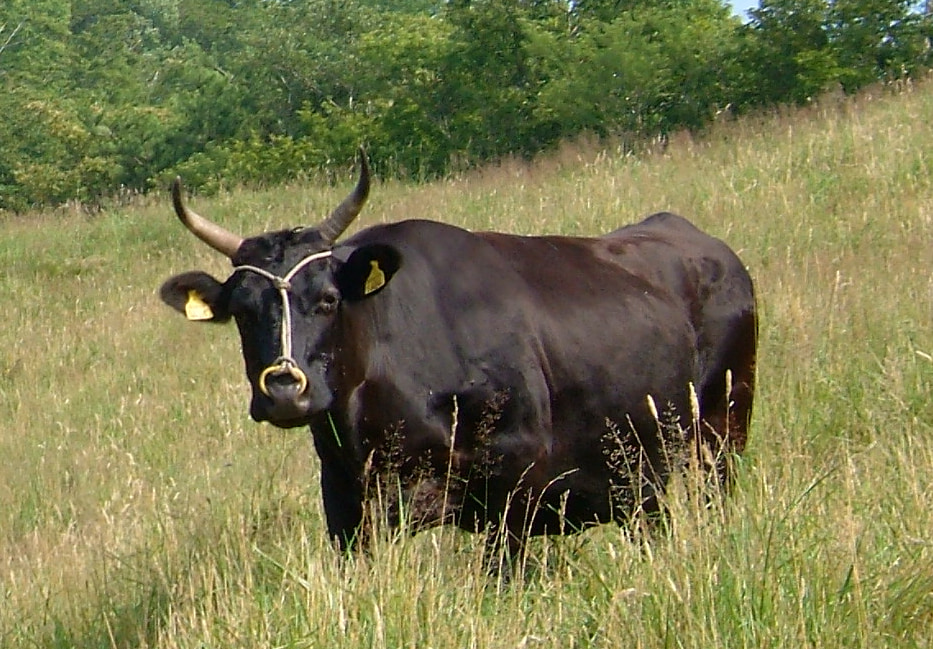
Okawa’s Meat Carnival
There’s a total of 38 breeds of jidori in Japan, eight of which come from Kochi Prefecture. The succulent chicken, which carries little fat, is a real crowd-pleaser, yet arguably isn’t the most famous meat in the region. That title goes to the Tosa Akaushi wagyu beef. Raised up to 29 months in the mountains, the cattle there are said to produce tender, umami-rich meat that is perfectly marbled. Slightly ahead of Hachikin jidori, this beef is arguably the biggest attraction for tourists when they join the Okawa Village Meat Carnival in fall.
The event is held annually on November 3 (Culture Day) at the charming Asa Valley, which is particularly picturesque in autumn when the leaves change color. Despite there being a population of less than 400 in Okawa, a maximum number of 1,500 can take part in the festivities. Every year it is full. In addition to all the meat, handmade dishes and vast supplies of regional sake, it also features live music, a disco, log cutting and throwing and Tachi Odori, a traditional dance performed by children of the village.
For those interested in joining in 2024, registration by phone is required in advance. The number is 0887-84-2201. This year’s cost was ¥6,000 for adults and ¥4,000 for high school students and younger.

